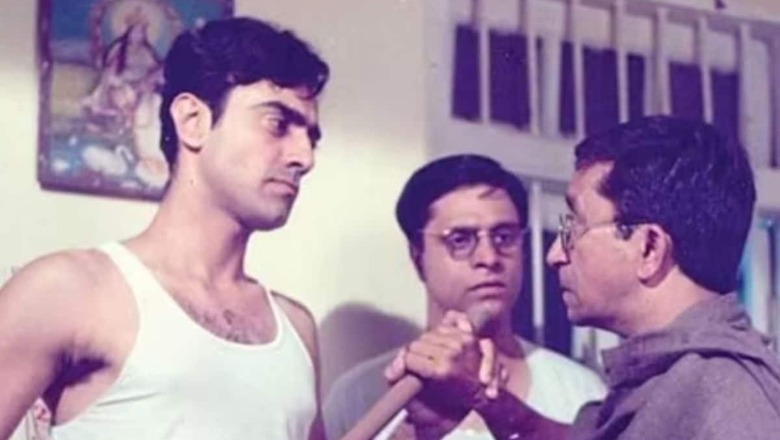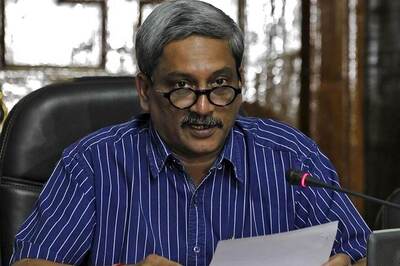
views
Renowned actor Rajit Kapur, famous for his portrayal of Byomkesh Bakshi in the iconic Doordarshan TV series, is set to take on the role of Mughal emperor Aurangzeb in the upcoming Marathi film Chhatrapati Sambhaji. The movie, directed and produced by Rakesh Subesingh Dulgaj, will be released in Hindi, Tamil, Telugu, and English as well. A glimpse of the actor’s appearance in the historical film has been revealed recently. Rakesh Subesingh Dulgaj explained in an interview why Rajit Kapur was cast as Aurangzeb; he cited the reason behind this as the need for a committed actor to portray the cruel and shrewd dictator accurately. Rajit Kapur, known for depicting real-life personalities like Mahatma Gandhi and Jawaharlal Nehru, expressed his excitement about playing a negative historical character in Chhatrapati Sambhaji. The film boasts an ensemble cast including Pramod Pawar, Shashank Udapurkar, Dalip Tahil, Mrinal Kulkarni, Mohan Joshi, Bharat Dabholkar, Lokesh Gupte, Bal Dhuri, and Deepak Shirke, presented by Perfect Plus Entertainment and AJ Media Corp.
Chhatrapati Sambhaji is scheduled for a theatrical release on February 2. Notably, another film by filmmaker Digpal Lanjekar, focusing on the same Maratha historical figure titled Shivrayancha Chhava, is set to release on February 16. Adding to the intrigue, Vicky Kaushal will portray Chhatrapati Sambhaji in the Hindi movie Chhava. February promises a cinematic exploration of this significant historical character from different perspectives.
The Heritage School recently screened The Making of the Mahatma, a 1996 biographical film directed by Shyam Benegal, for its students. As part of the event organised by SPICMACAY, Rajit Kapur – who played a crucial role in the film – visited the campus. He engaged with the students, discussing the fundamental ideologies of Mahatma Gandhi, the focus of the biographical sketch depicted in the film. He also shared insights into the film’s production and revealed what inspired him to take on the lead role during an interactive session with the students.



















Comments
0 comment